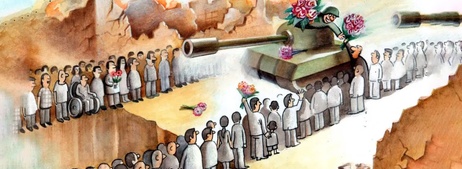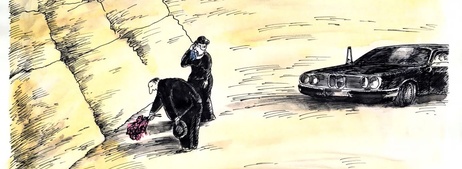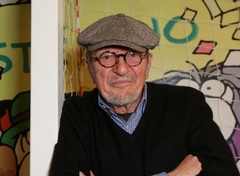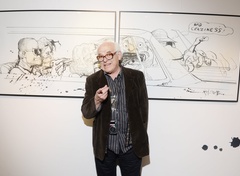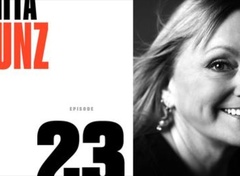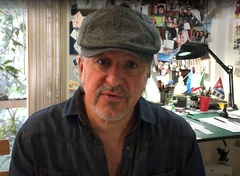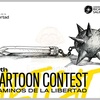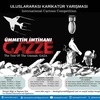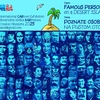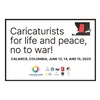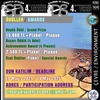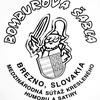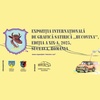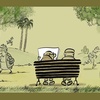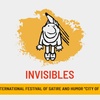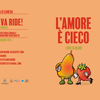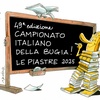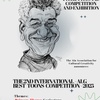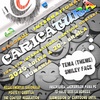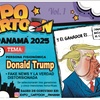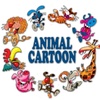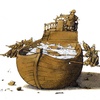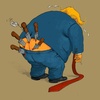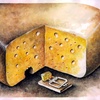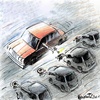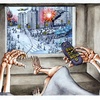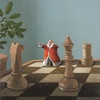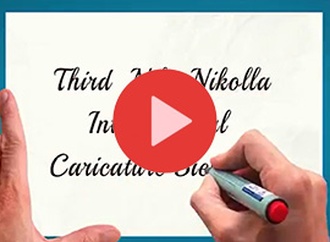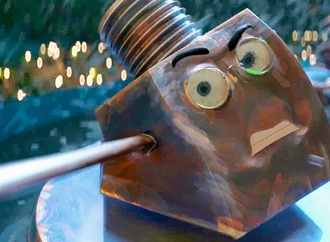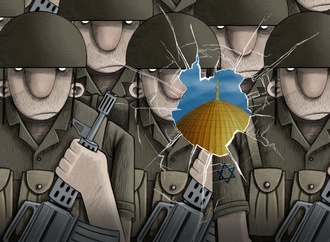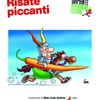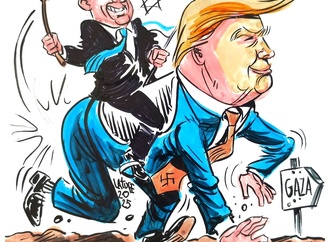Master caricature artist & illustrator Court Jones is one skilled guy. He’s got 20+ years of experience working for major magazines like Wired and Rolling Stone, not to mention dozens of other clients & teaching gigs.
He’s also won many awards including the 2011 ISCA Master Caricaturist of the Year.
Court has a knack for teaching and it shows in his new caricaturing course published by Proko. I reached out to Court for more details about his course and why it’s so valuable for all artistic styles from concept art to realist portraiture.
If you’d like to learn a bit more check out his FB page or follow Court’s latest posts on Instagram @courtjonesartist.
What’s your history with illustration & caricature work? When did you first get into art and when did you consider art as a viable career?
I earned an art degree from the University of California San Diego(UCSD) which had an avant garde art program. So consequently, I had no idea what I wanted to do after graduation.
I got a job at a local theme park as it was the only job listing I had seen looking for “artists.” It turned out to be quicksketch caricatures.
After a few months the job started to grow on me. I was terrible at first, like all beginning caricaturists. But there were really awesome artists around me to learn from, and within a year, I began to feel somewhat comfortable doing it. Theme park caricatures don’t pay much. But it was GREAT training, and I was young, so I stuck with it.
When I got hired for private events more regularly I began to see how you could actually make real money with this art form.
So I quit the parks and focused on freelance event entertainment.
Doing just events a few hours a week freed up a lot of time for me, so I began to take classes at The Watts Atelier, where my real education in art began. That led me to develop my skills as a painter and illustrator.

What did you take away from your time at UCSD and later at Watts Atelier? Were those institutions crucial to your growth as an artist?
UCSD, like many other colleges and universities, had a very modern approach to teaching art.
There wasn’t really any practical training in how to draw or paint. It was mostly about concepts and creating conversations with art, which isn’t very useful in the real world. But I had to take a lot of art history courses. And those were definitely more interesting and useful than the studio classes.
I’d say what I took away from UCSD was what I didn’t like about art and artists. Not to say it was a totally negative experience. But being trained in a modern art environment helped crystallize my tastes and sensibilities and gave me new focus on what I valued most, which was an appreciation for more traditional artists.
When I found The Watts Atelier it was like a big shiny door had opened up to a new world I never knew was out there.
At the Atelier the teachers actually taught procedures step by step. They demonstrated and critiqued students constantly.
I learned about how to build a sketch in stages, how to set up different palettes, how to work with color, how to create a strong composition, how to ink, how to paint, the list goes on.
After a couple years they started giving me my own classes to teach in various subjects, and that’s where I think I really learned how to teach and even create my own original courses.

Do you think someone could teach themselves to draw/paint just from online resources? Or do you think a school is necessary to reach a professional level?
There are several models for online art instruction now. And they’re all in their infancy compared to the brick and mortar school traditions. So it’s hard to say which is the most efficacious.
I think all students learn differently and don’t all benefit from the same type of instruction.
But the most important factor in growth is the student’s own ambition, discipline, and willingness to go over the exercises again and again.
In my experience, the best teacher is constant repetition & sketching from the lessons – especially when it comes to the fundamentals. And instructor feedback is definitely important to the process. Although, given the nature of online courses which sometimes have followings in the thousands, one-on-one feedback isn’t always feasible.
But with my course on Proko we make a critique video for every lesson.
I pick several students’ homework assignments from the Proko Caricature Facebook group and comment and draw over them. Premium students get access to the full critiques. And I think it’s a really valuable resource for a student at home, even if I don’t pick their drawing to critique, because almost all students go through the same basic struggles.

Your new caricature drawing course on Proko is phenomenal. Where did the idea for that course originate and what encouraged you to make it?
Thanks!
Well, I knew Stan from the Atelier. He started there as a teenager and was teaching by about age 20, I think.
After he left and began his online lessons in portrait and figure drawing I enjoyed following along with them at home, like so many others. And we kept in touch during that time.
Being the entrepreneur he is, Stan decided to expand his offerings by teaming up with other teachers and he approached me about designing a caricature course.
I had been mulling over the idea to start an online course of my own for several years and even made a couple rough episodes. But I realized I didn’t have the technical savvy to produce really slick videos, let alone distribute and market them.


